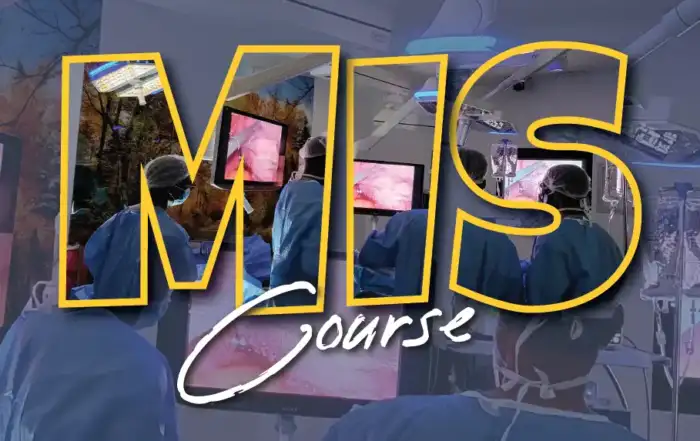Authors / metadata
DOI: 10.36205/trocarvid320210001
Abstract
Study Objective: to confirm the validity of the Shaver technique in placental remnant’s’ treatment.
Design: description of the surgical steps trough a case report
Setting: Sino European Life Expert Centre of Jiao Tong University, Shanghai
Patient: A 31-year-old woman with a previous history of one caesarean section and one D&C for either a missed miscarriage or termination of pregnancy was admitted to our hospital for vaginal bleeding at 13+4 weeks of gestation. Transvaginal sonography and magnetic resonance imaging revealed a cervical pregnancy with a fetus (BPD 26mm) and an active heartbeat. The internal cervical orifice was completely covered by the placenta which was found to be adherent to the previous caesarean section scar. The clinical diagnosis was suggestive for a cervical caesarean scar placenta accreta. Due to the high risk for a massive hemorrhage and uterine rupture the patient decided to terminate the pregnancy and a second caesarean section was performed.
Two months after the operation a transvaginal ultrasound and magnetic resonance imaging showed a cavity in the lower uterine segment measuring 45 x 51 x 51 mm containing mixed echogenic, vascularized tissue attached to the caesarean section scar.
Intervention: Operative hysteroscopy with the Intrauterine Bigatti Shaver (IBS®) was planned. The 24Fr optical system with SA blade of the Shaver was used. The rotational speed of the blade was between 2100 to 1500 rpm with a suction of 250/500 ml per minute. The cervical canal was distended by the presence of a 50 x 50 x 50 mm dark red tissue mixed with fibrotic placenta and old blood clots densely adherent to the caesarean scar. The lower segment of the uterus and the anterior wall of the cervical canal could not be clearly identified as it was replaced by a very large niche. Placental remnants were completely removed without bleeding. The whole procedure lasted 20 minutes with a fluid deficit of approximately 240 ml of normal saline. No intraoperative complication was observed.
Main Result: Histological examination confirmed the presence of degenerative villi compatible with placental remnants. The patient was discharged form hospital the following day with no postoperative complications.
At 3 months follow up, the patient didn’t feel any discomfort and experienced regular periods.
Conclusion
Tissue remnants from a placenta accreta located in a caesarean section scar are extremely difficult to remove. The Intrauterine Bigatti Shaver (IBS®) has already proven to be effective in placental remnants removal. Our case – report indicates that IBS® is also a safe method to remove post caesarean section scar placental remnants.





